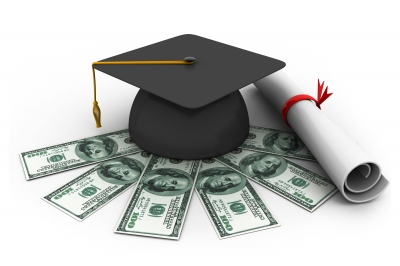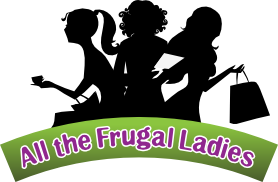It seems that these days you can’t turn on the television or read headlines without hearing more bad news about student loans. Student loan debt has reached nearly a trillion dollars nationwide, with the total amount of student loan debt surpassing total amounts for what Americans owe on car loans or credit cards.
Because the debt burden has become so heavy for so many people, many agencies have started heavily advertising services to assist with student loan debt. Some of these advertisements imply that student loan debt can be forgiven or erased if you have trouble making your payments, but it’s not exactly that simple. The federal government does have programs in place to forgive student loan debt, but there are strict requirements — and not everyone qualifies.
Understand the Terminology
The first part to understanding how loan forgiveness programs works is to understand the terminology. Many debt assistance agencies use the terms “discharge” or “cancellation” interchangeably, but there are some subtle differences between the two.
When your loan is discharged, you are released from your obligation to repay the loan, and do not face any penalties. However, loans are usually discharged only when something happens that isn’t your fault — for example, if you become permanently disabled, if your school closes before you finish your program, or if you die. In very rare cases, student loans can be discharged as part of bankruptcy proceedings, but usually even then you must repay student loans.
Forgiveness means that the lender (in this case, the government) cancels all or part of your loan if you meet certain criteria. The most common forgiveness programs are the Public Service and Teacher Loan Forgiveness programs, which require borrowers to work in qualifying public service or teaching positions for a determined amount of time, and also make payments for at least 10 years. However, a new program, the Pay As You Earn Program, allows borrowers to make payments on their loans based on their income, with payments increasing over time, for up to 25 years (depending on when the original loan was made). After the period has passed, the remaining debt is forgiven.
It’s important to keep in mind, though, that having a student loan cancelled or forgiven doesn’t mean you’re off the hook and don’t have to pay anything. In some cases, students may have to pay taxes on the forgiven amounts, which can amount to another hefty bill to Uncle Sam.

Which Program Is Right for You?
Even if you don’t have a six-figure student loan balance, there is something to be said for having a portion of your loans forgiven, effectively reducing your debt burden, and freeing up resources for other priorities.
Teachers working in specific areas, including low-income school districts and in high demand specialties, including special education, may qualify to have as much as $17,500 cancelled after working full-time for five consecutive years. This only applies to new borrowers — meaning those who have taken out new loans since October 1, 1998 — and does not include Perkins Loans, but it can amount to significant savings for teachers.
Public Service Forgiveness is available to people who work in certain public service roles. This means being employed either by a tax-exempt organization or in a non-tax-exempt organization, such as emergency services, public libraries, public health clinics, and schools. In order to qualify, you must make at least 120 payments as scheduled while you are employed by the agency.
That means it will take at least 10 years of public service to qualify, so an income-based repayment plan is the best option if you wish to take this route, since under a standard repayment plan you will have paid your entire loan after 120 payments. Because few people work in the same job for 10 years, it can be difficult to track which payments qualify toward Public Service Forgiveness, but if you owe a large amount of money, this program can reduce it significantly.
Buyer Beware
Currently, these are the only programs available for eliminating student loan debt outside of paying them off. Any organization or agency that promises otherwise is likely spreading misinformation, and following their advice could cause you to go into default or have other difficulties.
Bottom line? If you’re having trouble making your student loan payments, contact your loan servicer for help. There may be another payment option, or you could qualify for a forbearance or deferment if you cannot make your payments. The worst thing to do is nothing, as your loans will not go away on their own and the government will try to get their money.
 All The Frugal Ladies Personal finance with a feminine touch
All The Frugal Ladies Personal finance with a feminine touch








